This will be a very short introduction about some basic on milky way photography.
Recently, I had published some of my milky way photos taken from Tasmania. Then, a few friends of mine started to show interest on them, and would like to know more about it. I'd been motivate to write a short introduction on how, where and when to get milky way photos.
Few months before my trip to tassie, I had done intensive amount of research to be arm with basic knowledge about milky way photography. Hence, I'll like to share some of them with you here today.
How to get a milky way photo.
Tools:
1. Camera allowed to do long exposure. - turn down screen brightness, if you have one.
2. Ultra wide angle, or wide angle lens. - turn to manual focus, focus at infinity
3. Tripod (need!!!)
4. Cable release (optional)
5. Small torchlight (even better if there were tungsten balance and dim-able )
Setting:
- start from your maximum aperture (can be f/1.4, f/2, f/2.8, or f/4 , lowest as possible. )
- ISO 1600 is a good starting point, to be adjust after that.
- recommended white balance set about 3200K to 4200K
- SHUTTER SPEED.
in order to get a SHARP milky way photo,
there is a constant number of 600, divided by focal length equilibrium on 35mm sensor/film.
if you`re using 11mm on canon apsc camera, will be ideal to set shutter speed at 34 sec (max).
if you`er using 12mm on nikon / pentax / sony / fuji apsc camera. will be 33 sec.
if you`re using 16mm on Full Frame camera, will be advice to set at 37 sec.
if you`re using 24mm on Full Frame camera, it is 25 sec.
These are maximum of shutter speed before get obvious drag when zooming in.
My normal setting for 24mm on full frame, is ISO1600, f/2, 25sec (just an example)
if you see in histogram, it is too dark, pump up your ISO.
if you think it look soft, close down your aperture.
if look too vignette at the corner, stop down as well.
if there are trail, try reduce shutter speed.
if too noisy, JUST LEAVE IT!
where, when and how to find stars / astro / milky way? click read more.
Recently, I had published some of my milky way photos taken from Tasmania. Then, a few friends of mine started to show interest on them, and would like to know more about it. I'd been motivate to write a short introduction on how, where and when to get milky way photos.
Few months before my trip to tassie, I had done intensive amount of research to be arm with basic knowledge about milky way photography. Hence, I'll like to share some of them with you here today.
How to get a milky way photo.
Tools:
1. Camera allowed to do long exposure. - turn down screen brightness, if you have one.
2. Ultra wide angle, or wide angle lens. - turn to manual focus, focus at infinity
3. Tripod (need!!!)
4. Cable release (optional)
5. Small torchlight (even better if there were tungsten balance and dim-able )
Setting:
- start from your maximum aperture (can be f/1.4, f/2, f/2.8, or f/4 , lowest as possible. )
- ISO 1600 is a good starting point, to be adjust after that.
- recommended white balance set about 3200K to 4200K
- SHUTTER SPEED.
in order to get a SHARP milky way photo,
there is a constant number of 600, divided by focal length equilibrium on 35mm sensor/film.
if you`re using 11mm on canon apsc camera, will be ideal to set shutter speed at 34 sec (max).
if you`er using 12mm on nikon / pentax / sony / fuji apsc camera. will be 33 sec.
if you`re using 16mm on Full Frame camera, will be advice to set at 37 sec.
if you`re using 24mm on Full Frame camera, it is 25 sec.
These are maximum of shutter speed before get obvious drag when zooming in.
My normal setting for 24mm on full frame, is ISO1600, f/2, 25sec (just an example)
if you see in histogram, it is too dark, pump up your ISO.
if you think it look soft, close down your aperture.
if look too vignette at the corner, stop down as well.
if there are trail, try reduce shutter speed.
if too noisy, JUST LEAVE IT!
where, when and how to find stars / astro / milky way? click read more.
Photo on top, at banner, taken with Canon 6D, Samyang 14mm f/2.8 ED AS IF UMC
- ISO3200, f4, 25sec @3400K WB.
Photo above here, taken with 60D, Samyang 8mm f/3.5 Fisheye,
- ISO3200, f4, 25sec @3400K WB
Both taken on the way from Richmond to Port Arthur, Tasmania. 29 June 2014.
All right reserved. All images appearing under LE BIN PHOTO are the exclusive property of Le Bin and may not be reproduced, distributed, copied, modified or re-posted to other websites, forums, social networking sites or in the form of print without the written consent from the owner.
Now, we know how to photograph milky way, but where, when and how to find stars / astro / milky way? My current university study are partially relating with some element below, thus, I did some reading and research on them.
IN SHORT, you need a dark sky, with stars. (duh!)
But, how????
[ Caution:
reading below are based on my understanding on research, would be future explain in another writing, welcome to discuss via email or fb me @ www.facebook.com/lebin.photo ]
HOW to find dark sky.
There are a few variable to get to dark sky.
Roughly, it can divide into 2 main group, human-factor & natural.
Natural-factor,
something out of control, but can predict and avoid.
1. Sun light. Check on web for last light and first light of that particular region where you`re shooting. That will be the time you can working with.
2. Moon light. New moon is the best time for photograph stars, but other days would work too.
Check moon rise and moon set. Shoot before moonrise or after moonset.
3. Cloud, read weather forecast before shooting. a cloud-full night will not make you to see any stars.
Human factor,
something always there, could be control or avoid.
1. light pollution. check out DARK SKY MAPS below. or simple, get to a place where very very little light or no light.
2. Height. when get too near to sea-level, milky way might not be as clear, due to the thickness of atmosphere.
So, before you plan to shoot milky way, you can check before you go.
A more comprehensive version will be update soon, with more MILKY WAY PHOTOS.
Stay tune and link me after your harvest!
Cheers.
Le Bin.
IN SHORT, you need a dark sky, with stars. (duh!)
But, how????
[ Caution:
reading below are based on my understanding on research, would be future explain in another writing, welcome to discuss via email or fb me @ www.facebook.com/lebin.photo ]
HOW to find dark sky.
There are a few variable to get to dark sky.
Roughly, it can divide into 2 main group, human-factor & natural.
Natural-factor,
something out of control, but can predict and avoid.
1. Sun light. Check on web for last light and first light of that particular region where you`re shooting. That will be the time you can working with.
2. Moon light. New moon is the best time for photograph stars, but other days would work too.
Check moon rise and moon set. Shoot before moonrise or after moonset.
3. Cloud, read weather forecast before shooting. a cloud-full night will not make you to see any stars.
Human factor,
something always there, could be control or avoid.
1. light pollution. check out DARK SKY MAPS below. or simple, get to a place where very very little light or no light.
2. Height. when get too near to sea-level, milky way might not be as clear, due to the thickness of atmosphere.
So, before you plan to shoot milky way, you can check before you go.
A more comprehensive version will be update soon, with more MILKY WAY PHOTOS.
Stay tune and link me after your harvest!
Cheers.
Le Bin.
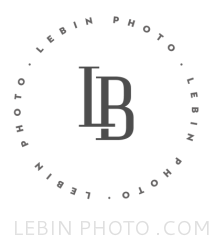
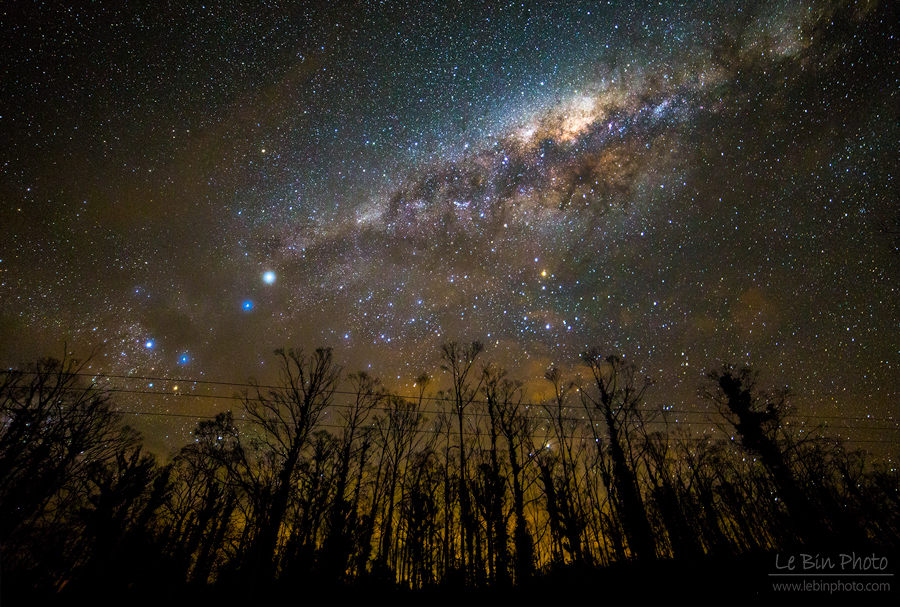
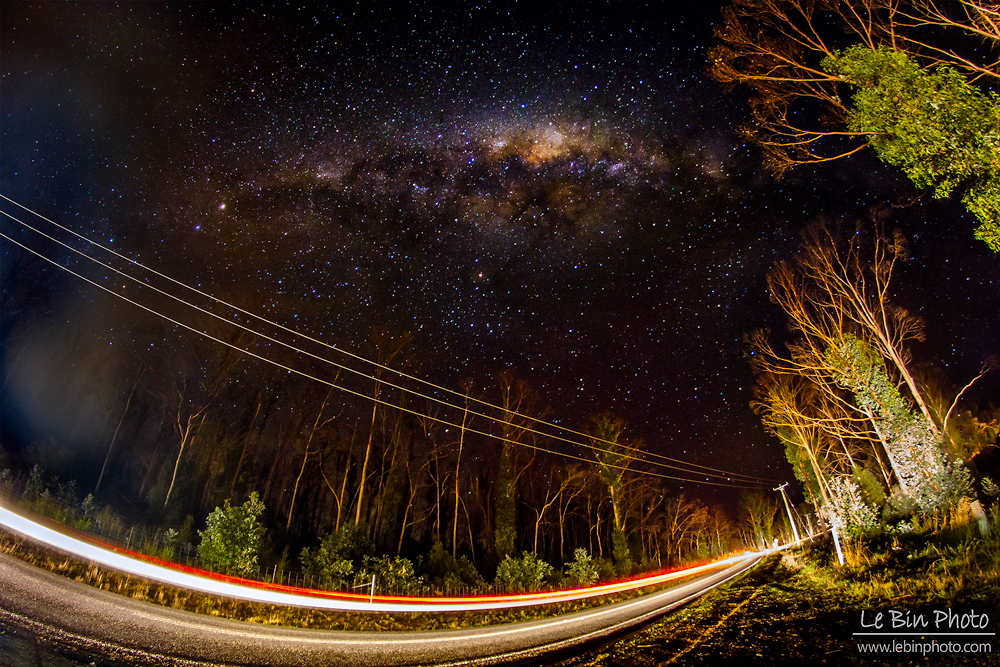
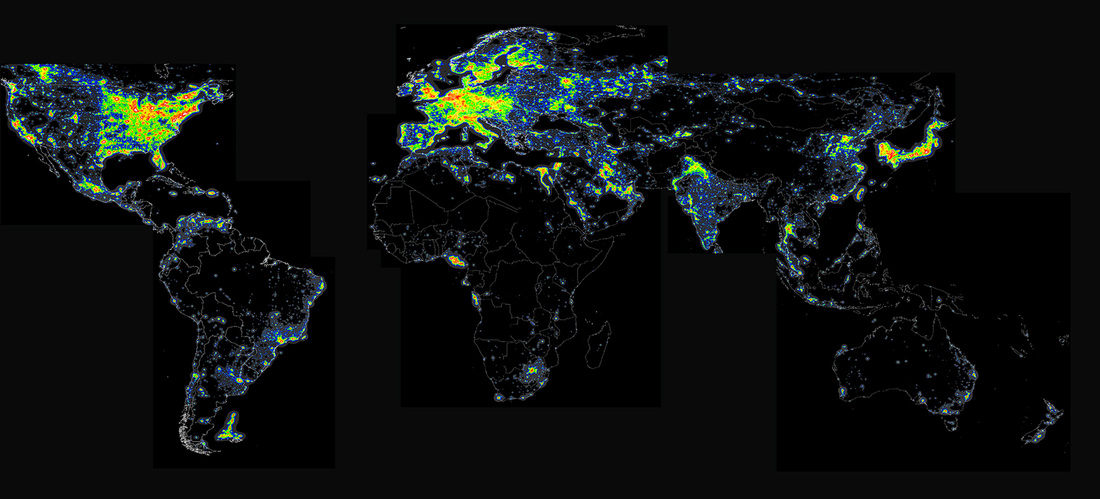
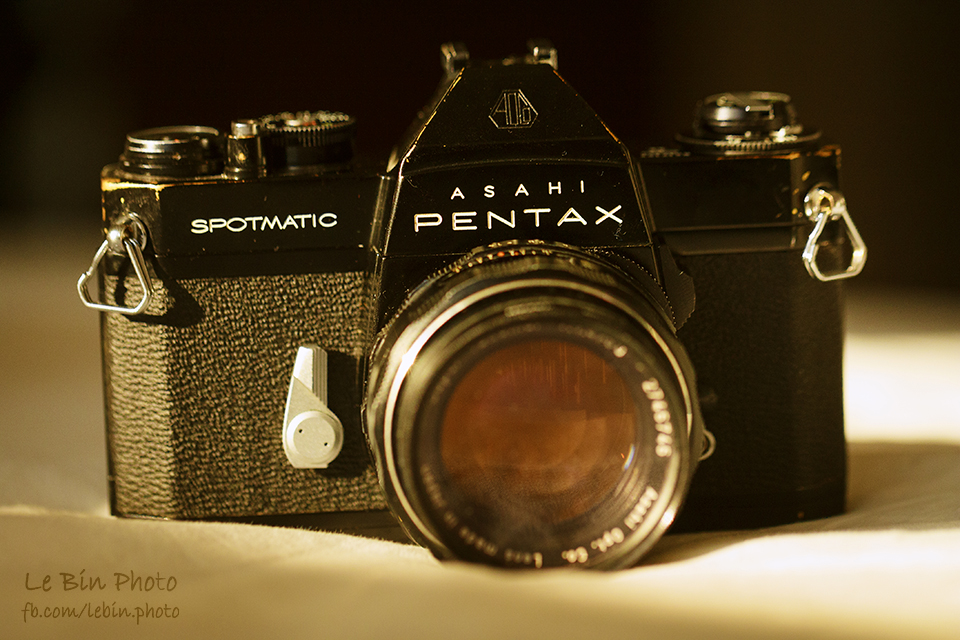
 RSS Feed
RSS Feed
